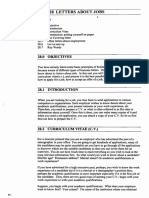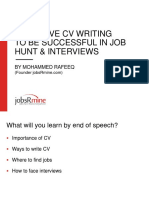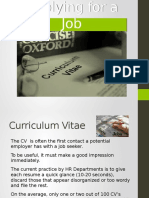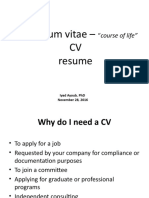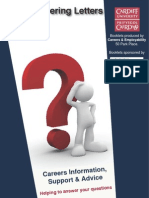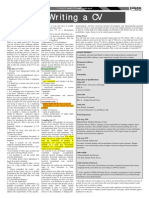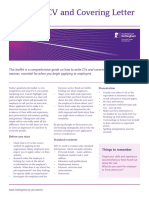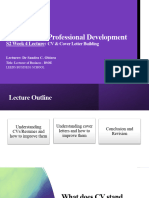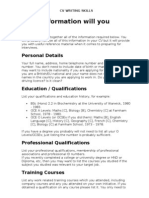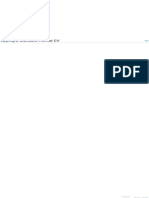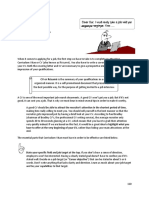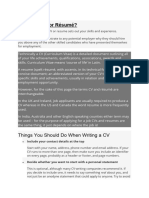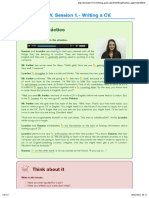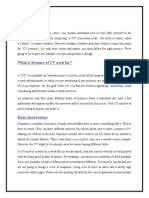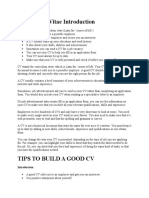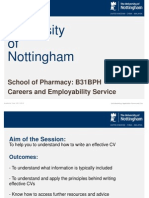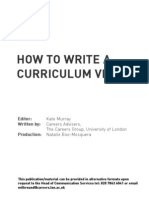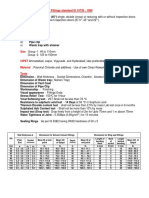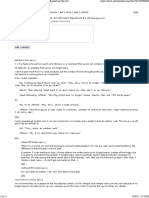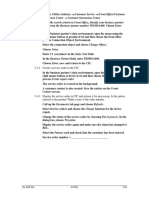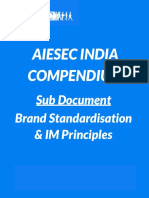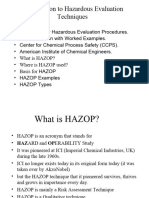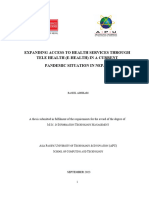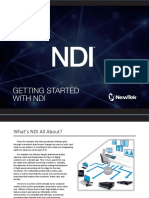0% found this document useful (0 votes)
86 views24 pagesHow To Write A CV
The document provides guidance on writing a covering letter and a CV for job applications, emphasizing their importance in making a strong first impression on potential employers. It outlines the key components to include in both documents, such as personal details, education, work experience, and skills, as well as tips for presentation and style. The goal is to effectively market oneself to secure job interviews.
Uploaded by
manojbellattimathaCopyright
© © All Rights Reserved
We take content rights seriously. If you suspect this is your content, claim it here.
Available Formats
Download as PPT, PDF, TXT or read online on Scribd
0% found this document useful (0 votes)
86 views24 pagesHow To Write A CV
The document provides guidance on writing a covering letter and a CV for job applications, emphasizing their importance in making a strong first impression on potential employers. It outlines the key components to include in both documents, such as personal details, education, work experience, and skills, as well as tips for presentation and style. The goal is to effectively market oneself to secure job interviews.
Uploaded by
manojbellattimathaCopyright
© © All Rights Reserved
We take content rights seriously. If you suspect this is your content, claim it here.
Available Formats
Download as PPT, PDF, TXT or read online on Scribd
/ 24



